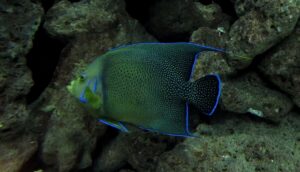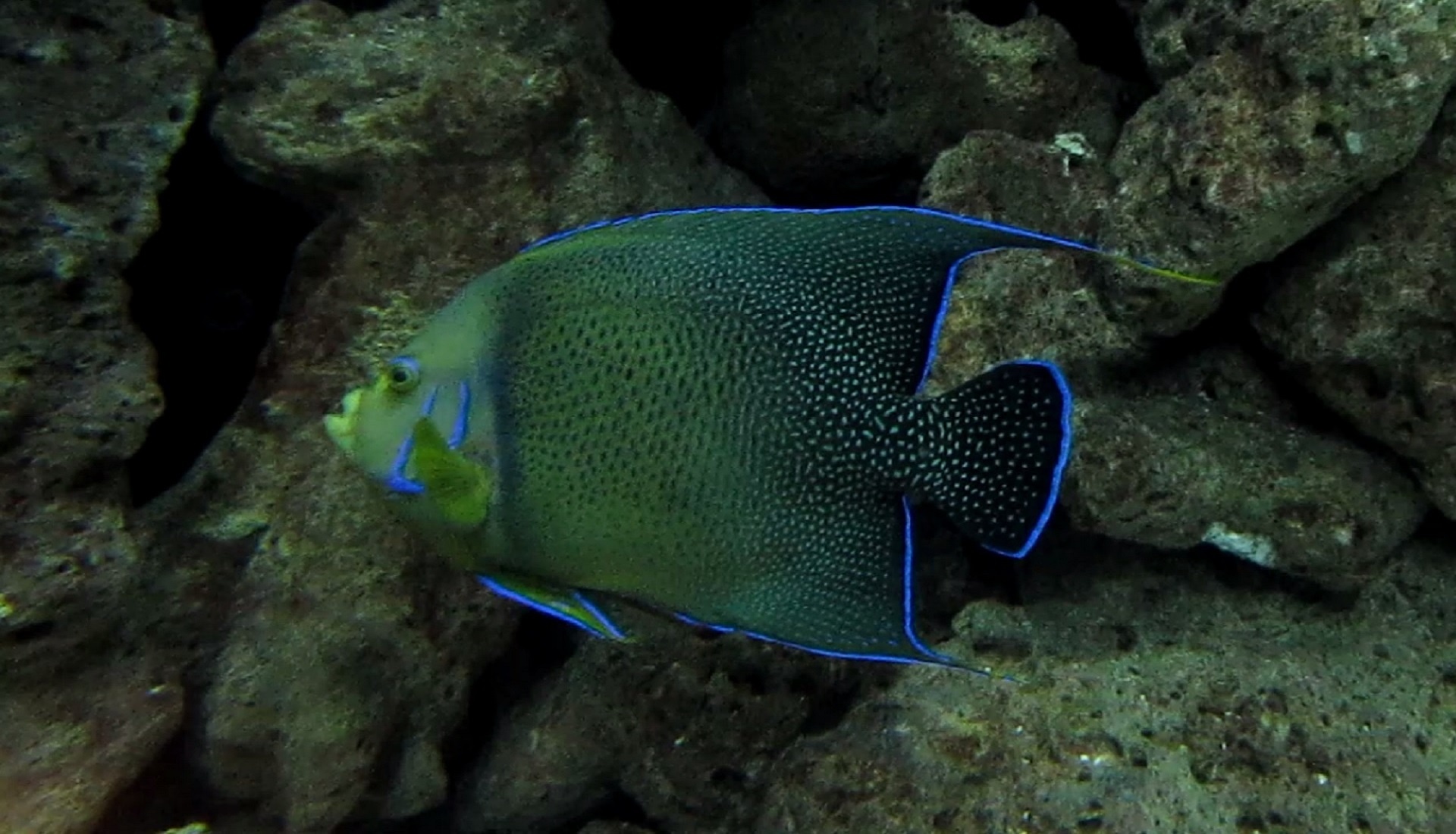
Saltwater Angelfish Quick Care Facts:
Environment: Varies by species
pH: Varies by species
KH: Varies by species
Diet: Omnivore
Breeding: Varies by species
Saltwater angelfish are a colourful species, popular with many aquarium owners. There are several species of marine angelfish, with most species generally reaching lengths of eight to 12 inches.
General Saltwater Angelfish environment
One important aspect of caring for saltwater angelfish is to make sure that the tank intended for them has been in use for at least three months before they are introduced. This ensures that the nitrogen cycle in their new home has been fully established. Ammonia and nitrite levels need to be checked regularly. In general terms, these fish prefer reef tank environments. The size of the tank can vary with the specific species of angelfish you have chosen. Smaller species may require a tank size of around 50 gallons.
Feeding your Saltwater Angelfish
Angelfish need a varied diet in order to thrive. While live foods such as brine shrimp often go down well, frozen scallops or krill will also generally work, too. Commercial foods such as flakes and pellets may also be suitable, but it is wise to check the requirements of your specific species. One crucial thing to remember is that angelfish need around 20 percent of their diet to be vegetable matter such as lettuce. A varied diet helps them stay healthy.
Breeding your Angelfish
Setting up the right tank environment is vital if you want your angelfish to breed. They need to feel comfortable and secure. Angelfish are pelagic breeders in the wild, meaning that they release their eggs into the ocean and let them drift. The biggest challenge facing captive breeders is keeping the eggs alive. All angelfish are born hermaphrodites, but will change sex as their environment alters. If you want your fish to breed, make sure you have a mixed population of smaller and larger specimens. The larger will become males and the smaller ones female. Maintaining a consistent day/night cycle in your aquarium will help your fish breed. Eggs will usually hatch 20 hours after spawning, and should be removed to a separate aquarium.
Saltwater Angelfish diseases
Angelfish are hardy, but can be prone to lateral line erosion, which can scar them. bacterial and protozoan diseases can be a risk if tank environment quality is not maintained. Edema, or bloat, can often prove fatal. The risk of all diseases falls if you pay careful attention to the quality of the environment in which the fish are living.
